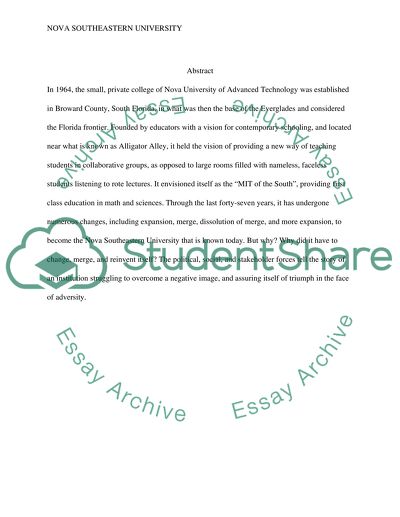Cite this document
(“Nova Southern University: Almost Five Decades if Growth and Change in Research Paper”, n.d.)
Retrieved from https://studentshare.org/education/1432342-political-and-social-challenges
Retrieved from https://studentshare.org/education/1432342-political-and-social-challenges
(Nova Southern University: Almost Five Decades If Growth and Change in Research Paper)
https://studentshare.org/education/1432342-political-and-social-challenges.
https://studentshare.org/education/1432342-political-and-social-challenges.
“Nova Southern University: Almost Five Decades If Growth and Change in Research Paper”, n.d. https://studentshare.org/education/1432342-political-and-social-challenges.


